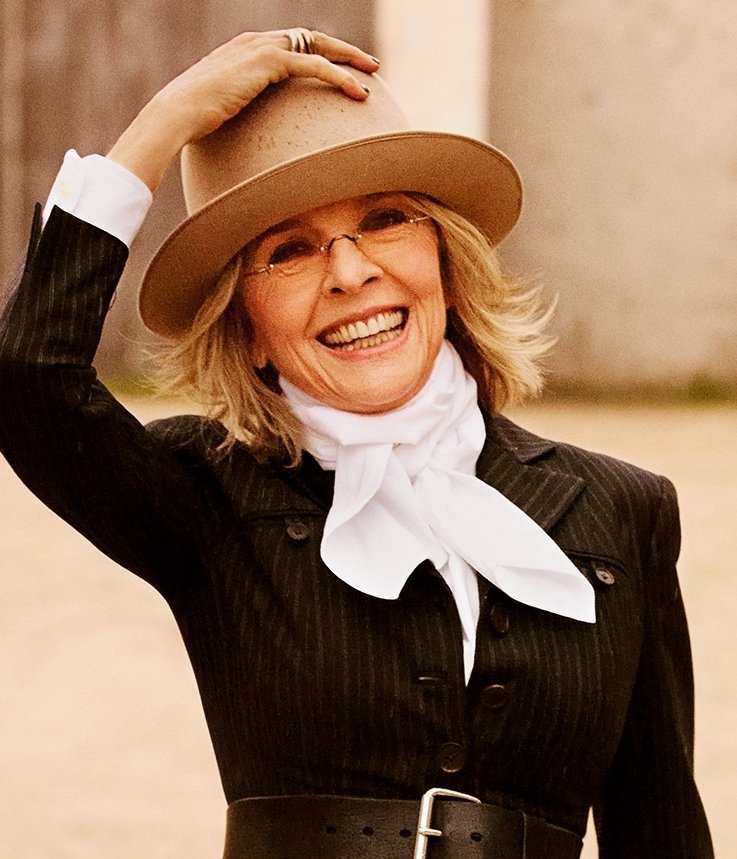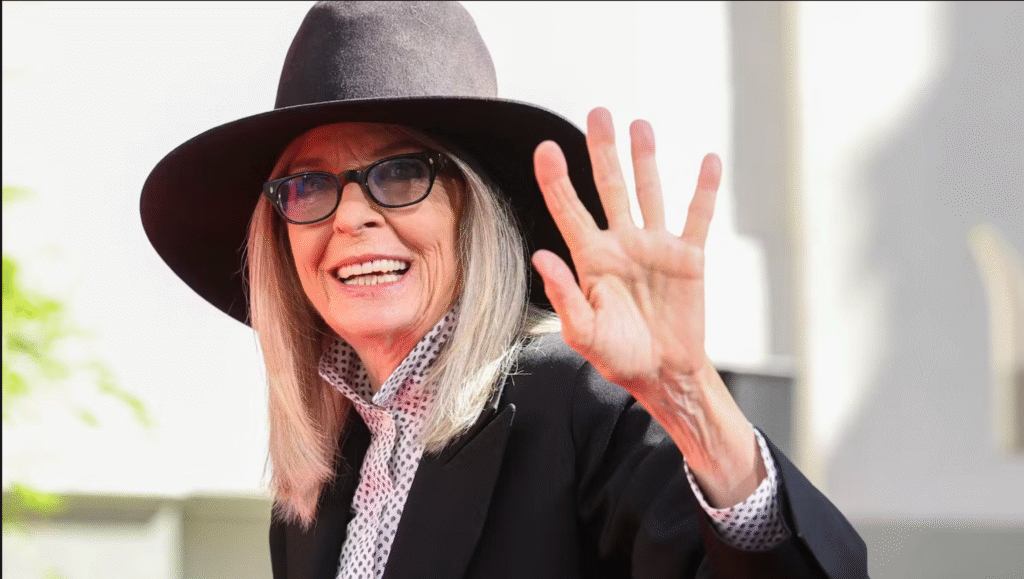Related: Hollywood’s Sexual Misconduct Scandals
Advertisement
Davidoff Studios/Getty Images
Documents that name dozens of public figures associated with accused sex offender Jeffrey Epstein have been unsealed.
The first of what is expected to be multiple batches of documents were released in federal court in New York on Wednesday, January 3, following federal judge Loretta A. Preska’s December 18 ruling. The documents were initially filed in 2015 as part of a lawsuit against Ghislaine Maxwell, Epstein’s former girlfriend, who was convicted in 2021 of participating in Epstein’s sex crimes.
Forty exhibits were released in Wednesday’s filings. While information regarding the case has previously been made public, this marks the first time the documents have been released through the legal system.
The documents include excerpts of depositions and motions from the case, including a deposition from Virginia Giuffre, who claimed Epstein sexually abused her as a minor and that Maxwell aided in the abuse.
In her deposition, Giuffre claimed that Maxwell directed her to have sexual contact with various public figures including Prince Andrew, New Mexico Governor Bill Richardson, an “unnamed prince,” the “owner of a large hotel chain” and more. (It’s unclear from the documents if Giuffre had sexual contact with any of the accused parties.)
Giuffre settled her lawsuit against Maxwell in 2017. She later sued Prince Andrew over the alleged sexual abuse four years later. The suit settled in early 2022, with Andrew vehemently denying any wrongdoing. Andrew later stepped down from his royal duties in 2019 after his association with Epstein made headlines.
“It has become clear to me over the last few days that the circumstance relating to my former association with Jeffrey Epstein has become a major disruption to my family’s work and the valuable work going on in the many organizations and charities that I am proud to support,” the prince wrote in a statement at the time. “Therefore, I have asked Her Majesty if I may step back from public duties for the foreseeable future, and she has given her permission.”
Wednesday’s documents also include a 2016 deposition given by Johanna Sjoberg, whom Maxwell allegedly procured to work for Epstein. In her deposition, Sjoberg claimed that Prince Andrew place his hand on her breast in a “joking” manner while posing for a photo. Sjoberg also claimed that Epstein spoke to her about former president Bill Clinton, saying, “He said done time that Clinton likes them young, referring to girls.” When asked if Clinton was a friend of Epstein’s, Sjoberg alleged that the twosome had “dealings” with each other.
Clinton’s spokesperson Angel Ureña denied claims regarding Clinton’s involvement with Epstein in 2019. “President Clinton knows nothing about the terrible crimes Jeffrey Epstein pleaded guilty to in Florida some years ago, or those with which he has been recently charged in New York,” she wrote via X (formerly Twitter) at the time.
Donald Trump, Michael Jackson and David Copperfield are among other public figures whose names have been unsealed in the case. Once released, the total sum of documents are expected to reveal over 200 of Epstein’s associates.
Authorities began investigating Jeffrey’s sexual abuse in 2005. Three years later, he was convicted of procuring an underage girl for prostitution and soliciting a prostitute. He served 13 months behind bars before being arrested again in July 2019 on federal charges for the sex trafficking of minors. One month later, he committed suicide at the age of 66.
Davidoff Studios/Getty Images Documents that name dozens of public figures associated with accused sex offender Jeffrey Epstein have been unsealed. The first of what is expected to be multiple batches of documents were released in federal court in New York on Wednesday, January 3, following federal judge Loretta A. Preska’s December 18 ruling. The documents
Us Weekly Read More

California just made a dramatic stand for human creativity, defeating the threat of AI actor clones with a sweeping new law that puts people—not algorithms—back in the Hollywood spotlight. With the stroke of Governor Gavin Newsom’s pen in October 2025, the state has sent a clear message to studios, tech companies, and the world: entertainment’s heart belongs to those who create and perform, not to digital facsimiles.
For months, the entertainment industry has been divided over the use of artificial intelligence in filmmaking. Studios, lured by promises of cost-cutting and creative flexibility, have invested in software that can mimic an actor’s face, voice, and even emotional range. But for performers, this wave of synthetic reproduction has triggered alarm—encouraged by chilling stories of deepfakes, unauthorized digital doubles, and contracts that let studios reuse a star’s likeness indefinitely, sometimes without pay or approval.
The new California law, anchored by AB 2602 and AB 1836, changes everything:
The legislation rides the momentum of the recent SAG-AFTRA strike, where real-life talent demanded control over their own digital destinies. Leaders say these protections will empower artists to negotiate fair contracts and refuse participation in projects that cross ethical lines, restoring dignity and choice in an industry threatened by silent algorithms.
Stars, unions, and advocacy groups are hailing the law as the most robust defense yet against unwanted AI replications.
As one actor put it, “This isn’t just about money—it’s about identity, legacy, and respect for real artists in a synthetic age.”
California’s move isn’t just a victory for local talent—it’s a warning shot to studios everywhere. Companies will now be forced to rethink production pipelines, consult legal counsel, and obtain proper clearance before digitally cloning anyone. Global entertainment platforms and tech developers will need to comply if they want to do business in the world’s entertainment capital.

These laws also set a template likely to ripple through other creative fields, from musicians whose voices can be synthesized to writers whose work could be mimicked by generative AI. For now, California performers finally have a powerful shield, ready to fight for the right to shape their own public image.
With its no-nonsense ban on AI actor clones, California draws a bold line, championing the work, likeness, and very humanity of its creative stars. It’s a landmark step that forces the entertainment industry to choose: respect real talent, or face real consequences. The age of the consentless digital double is over—human performers remain the true source of Hollywood magic.

Darby Kingman’s “Camp Wackapoo: Rise of Glog” redefines summer camp comedy with a wild, energetic story about ambition, chaos, and the joy of embracing the unexpected. The film centers on a relentlessly competitive camp counselor who’s determined to finish first—only to face a motley crew of unruly campers and a summer unlike any other.
As Darby puts it, “Not everything is that deep. It really honestly was to make people laugh. She has all these kids that are not working with her and she’s just losing her mind. It’s crazy, silly, goofy, and it was a blast.”
What started as a simple scene for Darby’s acting reel evolved into a full-fledged film with encouragement from her mentor at Debbie Reynolds Acting School. Darby dove into every role—writing, directing, starring, and meticulously preparing each prop and costume. “Plan and prepare, but also be flexible and ready to be in the moment—that’s when the magic happens,” she advises.
Working with a handpicked cast of her own dance students, Darby built an atmosphere of real teamwork and camaraderie. She credits the “precious” energy of her young cast, her creative director of photography, and the overall spirit of her production team for turning the project into something bigger than herself. Her experience is an inspiring blueprint for indie filmmakers:
“Take initiative and control of your career. You can’t just sit around and wait for somebody to pick you. Figure out what you’re good at and go for it. Create something that brings joy to others.”

Her production motto? “Preparation is key, but you have to be ready to go with the flow—that’s when the magic happens.” Darby’s fearless creativity, focus on collaboration, and love for comedy shine throughout “Camp Wackapoo: Rise of Glog.” It’s more than just a camp satire—it’s a heartfelt testament to hard work, original humor, and leadership from the ground up: “People need to laugh right now. That’s a win.”
Catch “Camp Wackapoo: Rise of Glog” and experience Darby’s infectious energy and comic genius at the Deluxe Theatre on November 1, 2025. Get your tickets now at Houstoncomedyfilmfestival.com.

The world of film and entertainment is mourning the loss of Diane Keaton, an Oscar-winning actress renowned for her enduring talent, individuality, and influence on generations of performers and fans. Keaton died at the age of 79 in California on Saturday, October 11, 2025, her family confirmed. Details remain private, with her family requesting privacy as they grieve this profound loss.

Diane Keaton rose to fame in the 1970s through a series of memorable roles, most notably as Kay Adams in “The Godfather” trilogy and as the quirky, unforgettable lead in Woody Allen’s “Annie Hall,” for which she won the Academy Award for Best Actress. Her performances in films like “The First Wives Club,” “Something’s Gotta Give,” and the “Book Club” series solidified her reputation as an actress with unique comedic timing and dramatic depth. Keaton was celebrated not only for her artistry but also for her androgynous fashion sense, characterized by menswear-inspired looks, hats, and an easy, effortless style that influenced generations.
Following the news of her passing, tributes poured in from Hollywood and beyond. Bette Midler, Goldie Hawn, and Jane Fonda were among the countless stars who expressed devastation and admiration for Keaton’s incomparable legacy. Hawn recalled their friendship and collaborations, writing: “Diane, we aren’t ready to lose you…you stole the hearts of the world and shared your genius with millions”. Midler echoed the sentiment, praising Keaton as “brilliant, beautiful, extraordinary” and a truly original presence in Hollywood.

Though fiercely independent and known for her openness, Keaton kept her declining health private in her final months. Friends and neighbors noticed her retreat from public life and social media, and she was recently seen less often in her Brentwood neighborhood. In the past, Keaton candidly discussed her ongoing battles with skin cancer and bulimia, openly advocating for personal health and authenticity.
Diane Keaton leaves behind a legacy defined by her fearless performances, unique style, and enduring influence on the arts. She is survived by her two children, Dexter and Duke. As Hollywood and her global fanbase mourn, her pioneering spirit and unmistakable voice will continue to inspire generations.


Disney Loses $3.87 Billion as Subscription Cancellations Surge After Kimmel Suspension


What the Deletion Frenzy Reveals in the David and Celeste Tragedy


The Real Reasons Film Jobs Are Disappearing


ABC Suspends ‘Jimmy Kimmel Live!’ Indefinitely After Kirk Remarks


Seeing Trauma: What Charlie Kirk’s Death Reveals About a Nation in Conflict


Why Experts Say AI Could Manipulate, Blackmail, and Even Replace Human Relationships

Executive Producer Debut: How Celia Carver Created Festival Hit ‘Afterparty’


Why Hollywood’s Biggest Blockbusters Keep Failing at the Box Office